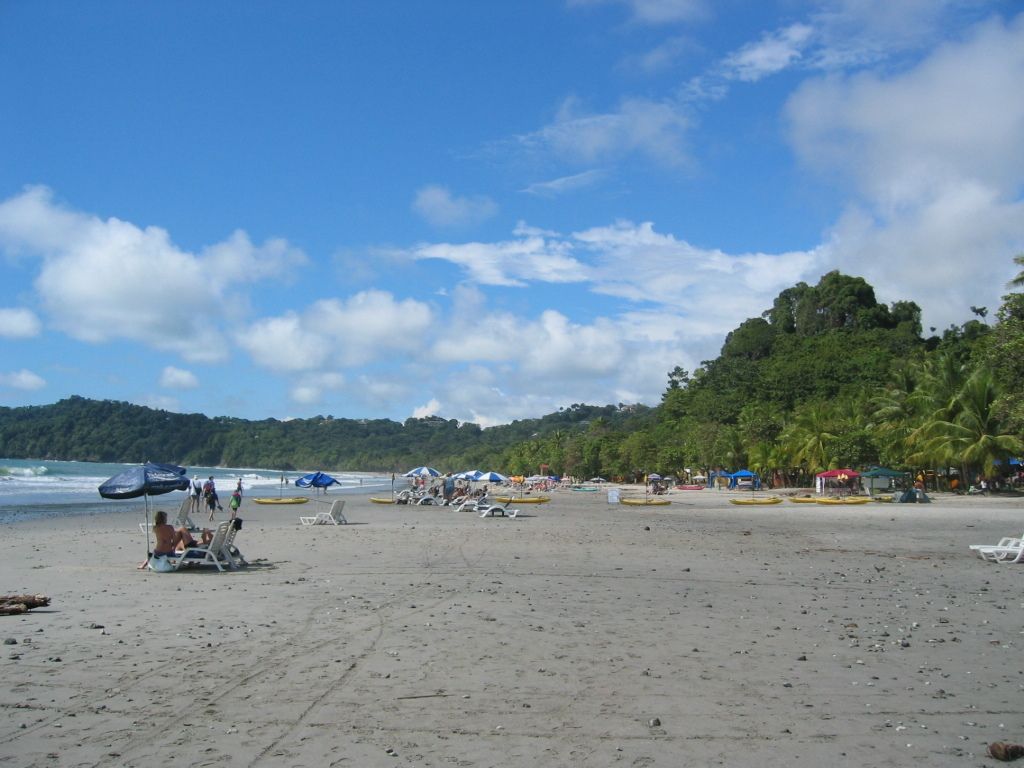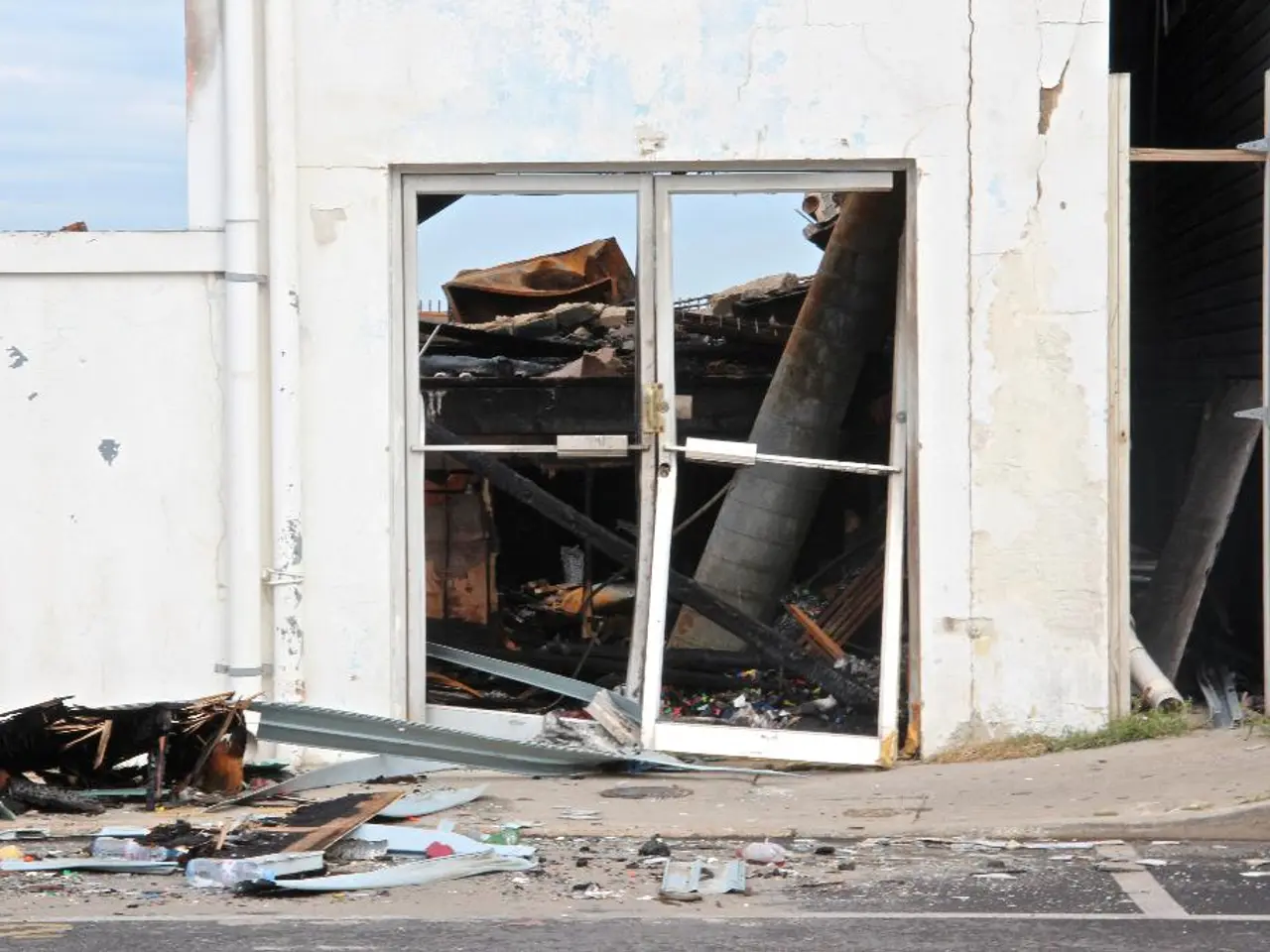Brandenburg Braces for Soaring Forest Fire Threats Once More
Rising forest fire danger reemerges in Brandenburg once more. - Increased threat of forest fires reemerges in Brandenburg once more
Hang on tight, folks! Brandenburg is about to face a sharp increase in forest fire risk, as meteorologists predict a medium to high risk level for most regions this Friday. The only exceptions will be the Stechlinsee and Prenzlau areas, where the threat is expected to remain low.
Things seemed to be taking a breather on Pentecost Monday, when every district and city saw minimal risk. However, after showers on Tuesday, a spell of dry weather is set to hit Berlin and Brandenburg on Wednesday and Thursday, fanning the flames.
It's no secret that Brandenburg has the highest forest fire risk among German states, given its vast pine forests, scant rainfall, and sandy soils. Since the beginning of the fire season, Brandenburg's fire department has battled a staggering 125 forest fires*.
*Data as of May 31, 2025. Please note that the risk level information provided may not be real-time or up-to-date.
Insights
Climate Impact on Forest Fire Risk
- Climate Change's Role in Fueling Fires: As per the German Strategy for Adaptation to Climate Change, forest fire hazards and incidents are critical indicators of climate risk. To combat this, the government is fortifying forest management and climate adaptation strategies, aiming to assess all federal forest lands for resilience to extreme weather.
- Fire Blaze Across Europe: Brandenburg is part of a broader European trend of escalating forest fire risk, as the German Aerospace Center (DLR) unveils advanced space-based wildfire detection and AI technology. This initiative aims to enhance early warning and response coordination, addressing the increase in wildfire frequency and severity due to climate change.
Fire Department and Emergency Response
- High-Tech Interventions: Fire departments and civil protection agencies are increasingly relying on space-based tools and AI for real-time fire detection, tracking, and damage assessment. Integrating these technologies aims to deliver speedier and more coordinated interventions, essential as wildfires become more unpredictable and widespread.
- Mutual Aid and Collaboration: The use of satellite data in emergency response promotes faster and more harmonized interventions. This cooperation becomes increasingly important as wildfires become more prevalent and widespread.
- Climate-Proof Forestry: Federal and regional governments are crafting forest management plans centered on climate adaptation. These initiatives aim to foster greater resilience and speedier response to forest fire outbreaks.
Local Developments
- Environmental Concerns: Recent events such as protests by Tesla opponents at a water association meeting in Brandenburg underscore heightened local concern over environmental risks. While these concerns might not directly relate to forest fire management and water resource protection, they highlight the importance of addressing public concerns related to the environment.
- Research and Monitoring: Research centers like the GFZ Helmholtz Centre in Potsdam engage in climate and environmental monitoring, supporting adaptation strategies and disaster response.
At a Glance: Forest Fire Risk and Response
| Aspect | Current Status (June 2025) | Forecast/Response Strategy ||-------------------------|--------------------------------------------|-------------------------------------------|| Fire Risk Level | Elevated due to climate-related factors | Continued increase expected || Monitoring Technology | Satellite, AI, thermal sensors in use | Utilization set to expand || Emergency Response | Swift, data-driven, collaborative | To boost coordination with AI || Adaptation Measures | Forest management, resilience planning | Policies to widen and refine |
Closing Thoughts
While up-to-the-minute forest fire risk levels for Brandenburg are unavailable in the accessible sources, the region is confronting an escalating forest fire risk as part of a broader European trend driven by climate change. Fire departments are embracing advanced technologies for early detection and response, and government strategies are focused on hardening forest resilience and emergency preparedness*.
*Data as of June 2025.
- The German government is not only implementing climate adaptation strategies for combating forest fire hazards, but also fortifying forest management to assess all federal forest lands for resilience to extreme weather, as per the German Strategy for Adaptation to Climate Change.
- The fire department in Brandenburg, with its vast pine forests, scant rainfall, and sandy soils, is currently battling a significant number of forest fires in light of the stiffening forest fire risk, as evidenced by the 125 forest fires fought since the beginning of the fire season as of May 31, 2025.








